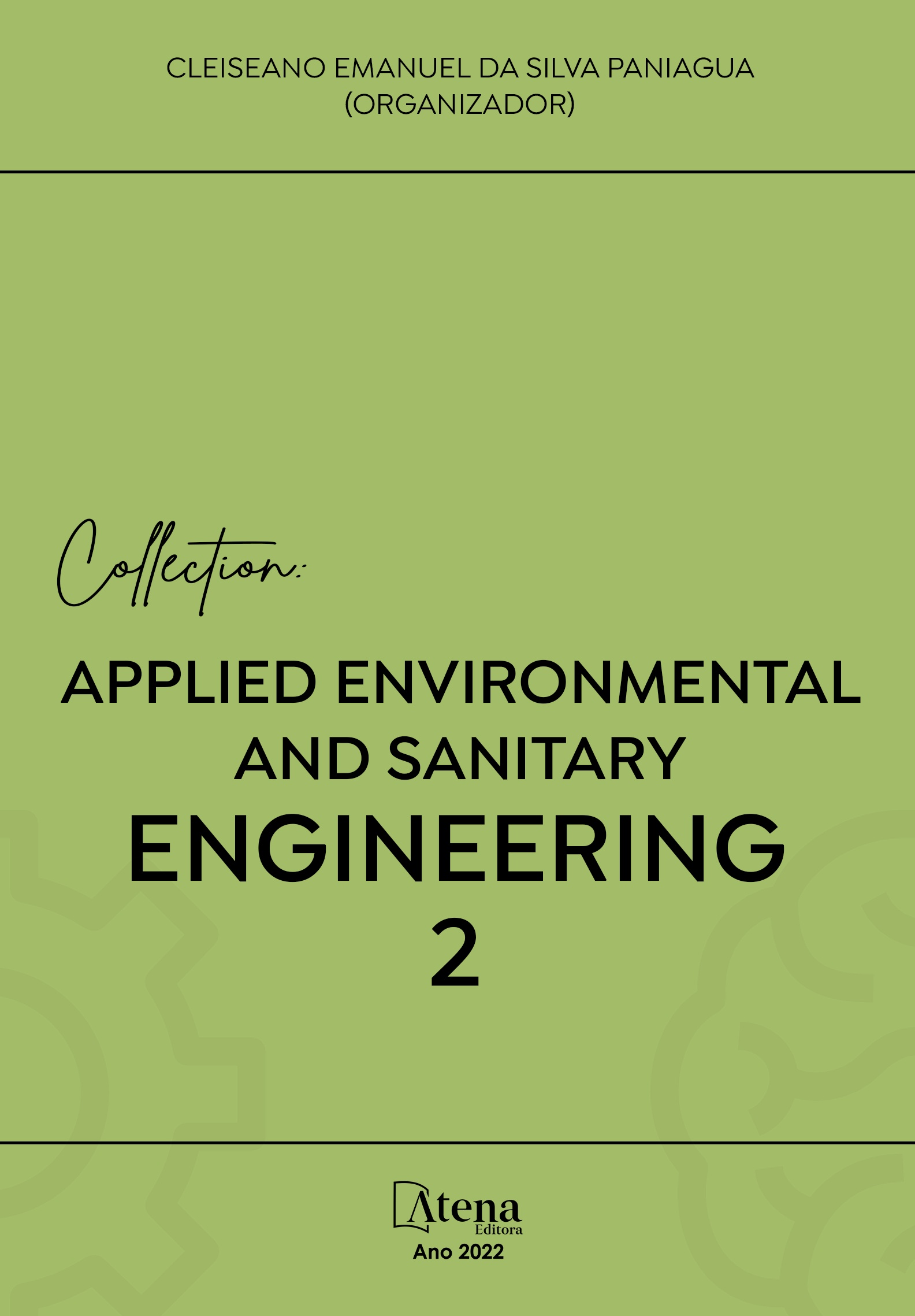
APLICAÇÃO DO TANK MODEL NA MODELAGEM DA BACIA HIDROGRÁFICA DO RIO PIRANHAS EM GOIÁS
Os modelos hidrológicos são frequentemente utilizados na modelagem de uma diversidade de variáveis ambientais e são ferramentas fundamentais para a gestão dos recursos hídricos. Possibilitam também a compreensão da dinâmica e do processo das inundações, bem como a possibilidade de prevenção das mesmas. Um dos principais objetos de estudo dos modelos hidrológicos são as bacias hidrográficas. Modelos hidrológicos podem ser utilizados tanto nas condições de cheia de uma bacia quanto na indisponibilidade dos recursos hídricos. A presente pesquisa tem como objetivo verificar o ajuste do modelo chuva-vazão na bacia hidrográfica do Rio Piranhas, por meio do coeficiente de Nash-Sutcliffe (NSE), ao aplicar o algoritmo de Gradiente Reduzido Generalizado (GRG) não linear e Evolutionary. Utilizamos o Tank Model como instrumento de caracterização da bacia localizada na região sudoeste do estado de Goiás, obtendo assim as vazões diárias e mensais na seção do rio, a partir dos dados de precipitação e evapotranspiração. O algoritmo GRG não linear apresentou um melhor desempenho para modelagem da vazão. As vazões mensais apresentaram melhor ajuste, conforme verificado pelos coeficientes de Nash-Sutcliffe para as vazões mensais de 0,784 e 0,730, diante dos 0,580 e 0,537 para as vazões diárias.
APLICAÇÃO DO TANK MODEL NA MODELAGEM DA BACIA HIDROGRÁFICA DO RIO PIRANHAS EM GOIÁS
-
DOI: 10.22533/at.ed.88922030512
-
Palavras-chave: Modelo Hidrológico, Chuva-Vazão, Tank Model, Cerrado.
-
Keywords: Hydrologic model, Rainfall-Runoff, Tank model, Savanah
-
Abstract:
Hydrological models are frequently used in the modeling of a variety of environmental variables and are fundamental tools for the management of water resources. They also make it possible to understand the dynamics and process of floods, as well as the possibility of preventing them. One of the main objects of study of hydrological models are hydrographic basins. Hydrological models can be used both in the flood conditions of a basin and in the unavailability of water resources. The present research aims to verify the fit of the rainfall-runoff model in the Piranhas River basin, through the Nash-Sutcliffe coefficient (NSE), when applying the nonlinear and Evolutionary Generalized Reduced Gradient (GRG) algorithm. Were used the Tank Model as an instrument to characterize the basin located in the southwest region of the state of Goiás, thus obtaining daily and monthly flows in the river section, based on precipitation and evapotranspiration data. The non-linear GRG algorithm presented a better performance for flow modeling. The monthly flows showed better adjustment, as verified by the Nash-Sutcliffe coefficients for the monthly flows of 0.784 and 0.730, compared to 0.580 and 0.537 for the daily flows.
-
Número de páginas: 10
- Débora Pereira da Silva
- Tales Dias Aguiar


